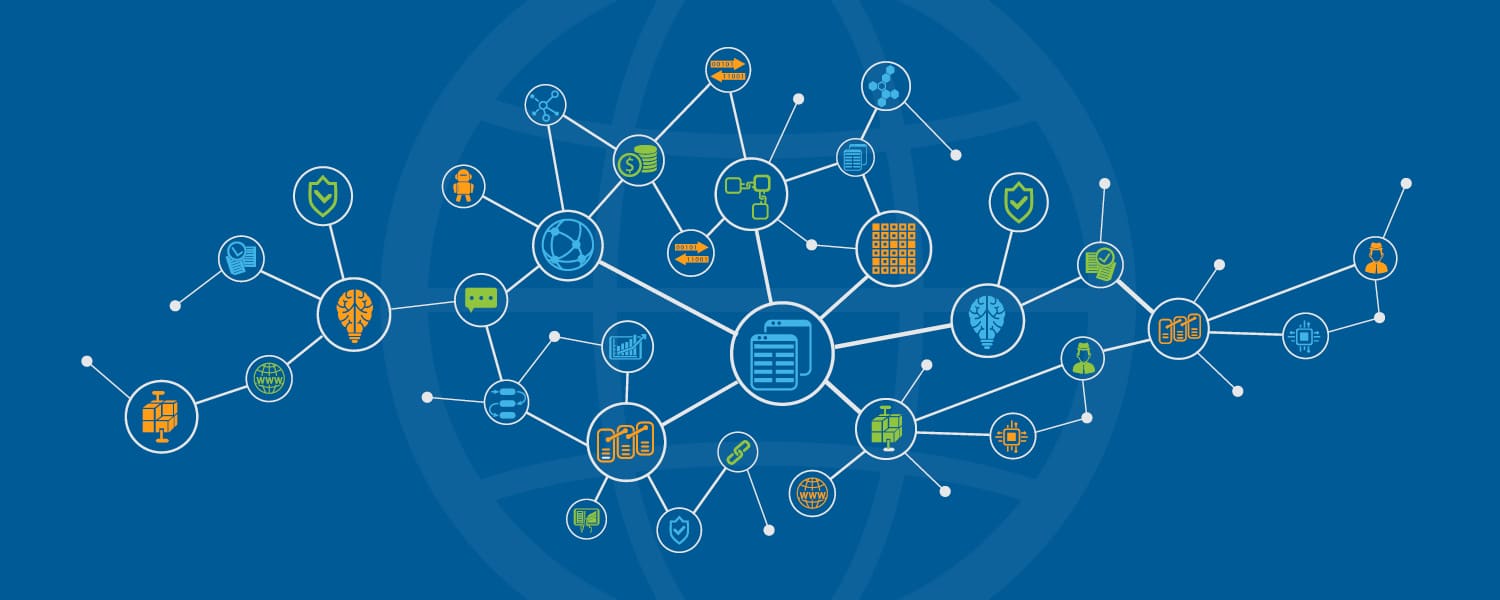When entrepreneurs give business advice, they consistently emphasize the importance of using available technology and digital strategies to save time and maximize results. If your business handles massive amounts of data, streamlining the way you manage and store information is essential. The healthcare industry, however, has historically failed to adopt the necessary tools and strategies for handling sensitive patient information. Adapted from technology used in the finance industry, the blockchain could be the new paradigm the medical community desperately needs.
IMAGE: HUFFINGTON POST
A Broken Record
A patient’s medical information may include notes from doctor visits, lists of their prescription medications and allergies, results of diagnostic tests, vaccination and surgical records, psychiatric evaluations, diagnostic codes for insurance purposes, and documentation required to receive disability accommodations or social security benefits. The patient’s birthdate, phone number, address, place of business, social security number will usually appear somewhere on these documents as well. While all of this information may be contained in one file, it is more often fragmented.
For example, a patient’s primary care physician may have vaccination records, her cardiologist the results of an echocardiogram, and her psychiatrist the notes from their sessions. The psychiatrist may prescribe an antidepressant, which does not appear on the list of medications in the other doctors’ records. Because information is not shared or consolidated, no healthcare practitioner has the complete picture.
Missing and fragmented information can lead to unnecessary expenses. If the CD of a patient’s CAT scan falls out of a file and can’t be located, he may need a repeat scan, a considerable expense for him or his insurance company and, if the patient happens to be a young child, an unhealthy dose of radiation.
When physicians do share information, the method of transfer is frequently impractical.
Marketplace reports the 2009 stimulus provided financial incentives for doctors to switch from paper to electronic patient records. 90 percent of doctors have now done so, but different doctors’ offices use different, often incompatible systems, so office staff must print out and fax records for the staff in the other office to rescan. In a medical emergency, a busy phone line or a paper jam could endanger a patient’s life.
When Ransomware Attacks
Although outdated technology is inefficient, inadequate security is truly dangerous. Hospitals with centralized servers are vulnerable to ransomware attacks. Hackers lock medical personnel out of their own data systems, betting on administrators’ willingness to pay up in order to regain access to patient information.
Barkly reports on a Buffalo, NY, hospital that shut its entire computer system down following a ransomware attack. For six months, doctors, nurses, and other staff were forced to handwrite all patient notes, registrations, and prescriptions and deliver lab results by messenger. The total cost of restoring and upgrading the system was $10 million (far more than the original ransom demand).
When other types of cybercrime occur at hospitals, patients, especially the elderly and minorities who lack legal representation are at high risk of identity theft. For this reason and many others, the Health Insurance Portability and Accountability Act (HIPAA) includes provisions to protect patients’ confidential information. In the event of a data breach, the hospital must pay a fine for failing to prevent it. They must inform every patient, and if breach violated the privacy of 500 or more individuals, the hospital’s name will appear on the HIPAA Wall of Shame.
Why Blockchain Is Better
Blockchain technology was originally developed as a ledger system for cryptocurrencies like Bitcoin. Instead of storing data on one computer’s hard drive or one hospital’s server, the blockchain is decentralized, so it has no single point of origin that cybercriminals could target. Every transaction is encrypted and distributed throughout the public chain while the unencrypted transaction is only accessible with a private key.
The major difference between conventional medical records and the blockchain model is the patient is the keeper of the key. The patient permits doctors and other healthcare personnel to make transactions, which in this context are appointments, lab tests, surgeries, prescriptions, and other health-related tasks. Rather than fragments scattered across several databases, the health records blockchain is accessible from any smartphone or PC.
The features of the blockchain protect patients’ privacy but also guard against fraud. For example, when a surgeon performs a procedure on a patient and then updates the patient’s record, a notification of that update is logged on the public blockchain, but, in compliance with HIPAA, all the information pertaining to the patient and the procedure can only be unlocked with the patient’s private key. If, however, the surgeon tries to bill for a procedure on a different date or alter records to avoid malpractice, the time stamp on the public blockchain doesn’t lie.
A Test Case For Blockchain In Healthcare
An article in HIPAA Journal describes a six-month trial conducted by MIT Media Lab and Beth Israel Deaconess Medical Center that demonstrated the blockchain’s potential as a method of data exchange between the two facilities for the purpose of treatment, tracking test results, and handling prescriptions.
How do you think blockchain technology will transform medicine? Let us know in the comments.
If you are interested in even more cryptocurrency-related articles and information from us here at Bit Rebels then we have a lot to choose from.


COMMENTS